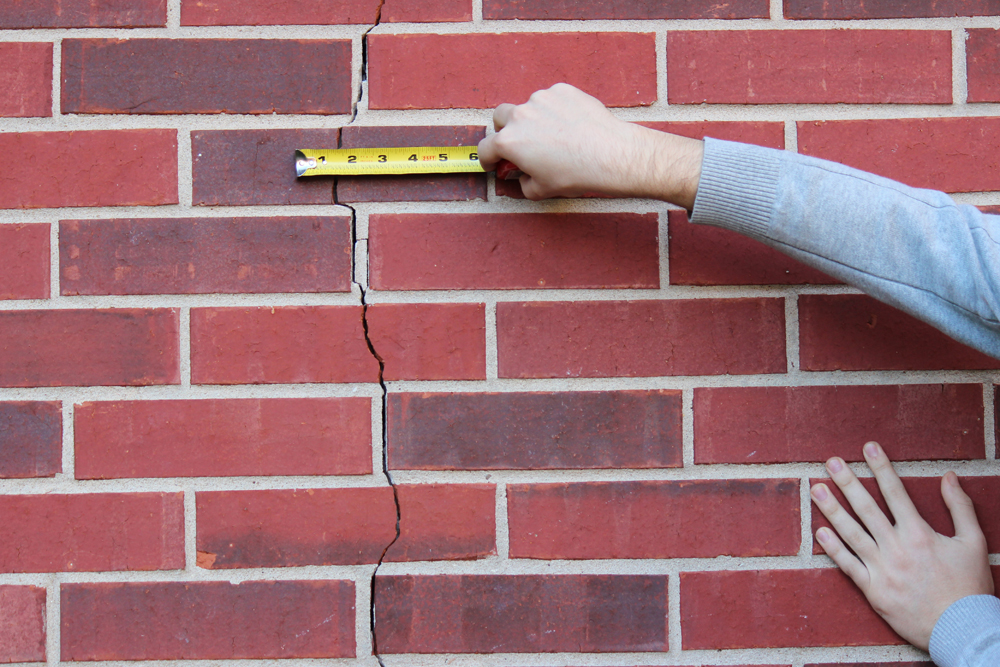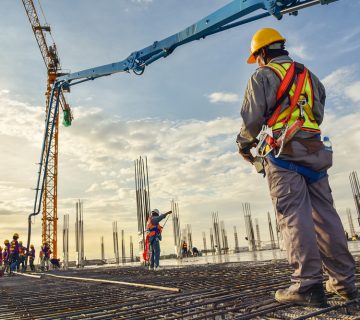Construction defects can significantly impact the value and safety of a property, leading to costly repairs and potential legal disputes. As one of the oldest law firms in San Diego specializing in construction defect and commercial real estate law, Stryker Slev Law Group has extensive experience in handling high-profile construction defect cases. In this article, we will explore some of the most common construction defects, their causes, and the potential consequences for property owners.
Understanding Construction Defects
A construction defect is a flaw in the design, materials, or workmanship that results in a failure of part or all of a building or structure. These defects can arise during the construction process or become apparent after the building is completed. Construction defects are typically classified into three categories: design defects, material defects, and workmanship defects.
1. Design Defects
Design defects occur when the architectural or engineering plans for a building are flawed. These defects can result from errors, omissions, or inadequacies in the design documents. Common design defects include:
- Inadequate Structural Support: Poorly designed structural elements, such as beams, columns, and foundations, can lead to stability issues and potential collapse.
- Improper Drainage: Design flaws in the drainage system can cause water accumulation, leading to water damage, mold growth, and foundation problems.
- Insufficient Ventilation: Inadequate ventilation can result in poor indoor air quality, moisture buildup, and increased risk of mold and mildew.
2. Material Defects
Material defects occur when building materials used in the construction process are substandard, defective, or not suitable for their intended purpose. These defects can lead to premature deterioration and failure of the building components. Common material defects include:
- Defective Roofing Materials: Poor-quality shingles, tiles, or roofing membranes can result in leaks, water damage, and reduced lifespan of the roof.
- Faulty Plumbing Materials: Substandard pipes, fittings, and fixtures can cause leaks, water damage, and potential health hazards.
- Inferior Concrete: Low-quality concrete can crack, spall, and fail to provide adequate structural support, leading to foundation and structural issues.
3. Workmanship Defects
Workmanship defects occur when the construction work is not performed according to the required standards or specifications. These defects can result from poor workmanship, lack of skill, or failure to follow the design plans and building codes. Common workmanship defects include:
- Cracks in Walls and Foundations: Improper installation of concrete and masonry can lead to cracks in walls and foundations, compromising the structural integrity of the building.
- Leaky Windows and Doors: Poorly installed windows and doors can result in water infiltration, energy loss, and damage to interior finishes.
- Uneven Floors and Surfaces: Inadequate leveling and installation of flooring materials can cause uneven floors, tripping hazards, and aesthetic issues.
Potential Consequences of Construction Defects
Construction defects can have serious consequences for property owners, including:
1. Financial Impact
Repairing construction defects can be expensive, especially if the defects are widespread or affect critical building components. Property owners may face significant out-of-pocket costs for repairs, replacements, and remediation efforts.
2. Safety Concerns
Certain construction defects, such as structural issues and faulty electrical systems, can pose safety risks to occupants. These defects can lead to accidents, injuries, and even fatalities if not addressed promptly.
3. Property Value Reduction
Construction defects can diminish the value of a property, making it less attractive to potential buyers and investors. Defects that affect the appearance, functionality, or safety of the building can result in lower resale value and longer time on the market.
4. Legal Disputes
Construction defects often lead to legal disputes between property owners, contractors, designers, and material suppliers. Resolving these disputes can be time-consuming, costly, and stressful for all parties involved.
How We Can Help
At Stryker Slev Law Group, we are dedicated to providing expert legal representation for clients facing construction defect issues. With our extensive experience in construction law and commercial real estate, we have successfully handled high-profile cases and secured favorable outcomes for our clients. If you are dealing with construction defects, our team is here to help you navigate the legal complexities and protect your rights. Contact us today to learn more about our services and how we can assist you in resolving your construction defect matters.



